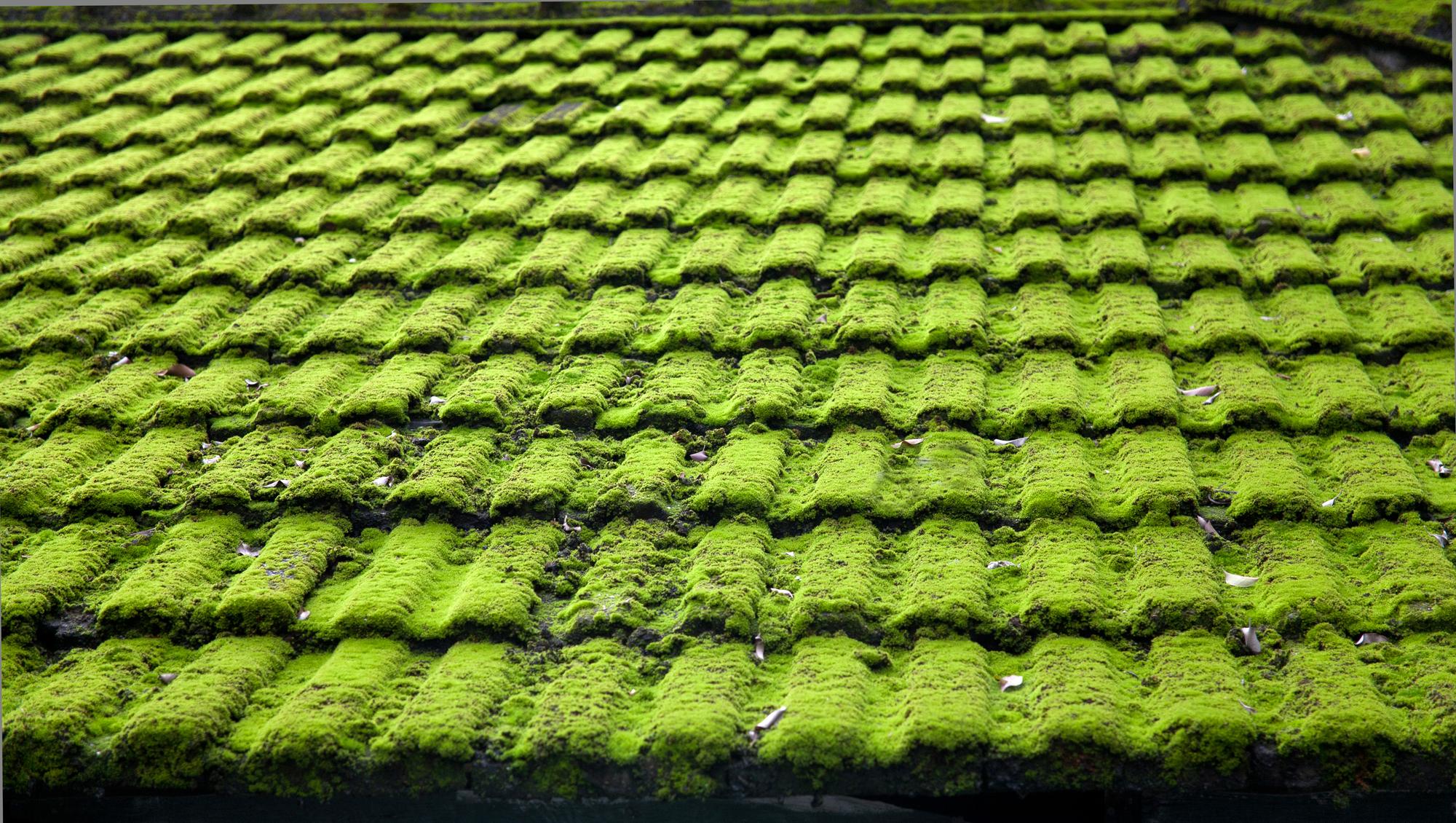Of all the components in your home, the roof might just be the most important. This is the part of your home that directly shields you and your belongings from the elements. Thus, it is somewhat surprising to find that many people take the well-being of their roofs for granted. Whatever the reason may be, we want to show you why it is essential to pay attention to this kind of thing.
The lifespan of a roof can vary between 15 and 50 years, depending on materials and methods. Good roof maintenance will help to ensure that you stay in the higher end of that range. It all boils down to one basic principle: The better you take care of your roof, the longer it will last.
Keep The Roof Clean
One of the best things you can do is keep your roof as clean as possible. In most cases, this will not require you to climb onto the roof. How can this be, you ask? Because most of the dirt and debris will collect in the gutters, and these can easily be accessed using a ladder. The sloping design of most roofs will make it hard for debris to collect along the slopes.
But why is it important to clean those gutters? Because clogged gutters will overflow, causing water damage (over time) to the connecting boards. They can also cause damage to the trim and fascia below them and can cause window frames to rot prematurely. Snow and ice are some of the biggest hazards to your gutters, and can easily clog things up for days and weeks at a time.
Periodic Inspections
This might be a controversial piece of advice because roof inspections aren’t exactly cheap. In fact, we will go ahead and concede that roof inspections don’t need to be done all that often. Once a year should be fine, or you could get an inspection once every 2-3 years if your budget is a little thinner. Either way, you need to make sure that you get roof inspections on a regular schedule.
So, what makes it worth the money? The answer is simple. With any kind of roof damage, you can be assured that the problem will be cheaper to fix if you catch it in the early stages. The longer a problem goes undetected, the worse it is likely to get. The money that you save (in the long run) will more than pay for the cost of the inspections.
The Importance Of Ventilation And Insulation
As you can already tell, water is the main threat to the longevity of your roof. However, heat can also be a problem. If your home does not have adequate ventilation, hot air tends to build up in the attic. Because hot air has a tendency to rise, it has nowhere else to go.
Is this enough to set your house on fire? Definitely not. However, it’s kind of like cooking your roof on low heat…all day long…for years. Both wood and asphalt shingles will break down over time, and heat accelerates this process.
Keep Snow And Ice Away
Ice and snow are two of the main things that can cause a roof to age before its’ time. This mainly happens for two reasons. First, ice and snow add a lot of extra weight to the roof. Second, extended contact with these substances will lower the temperature of the roofing materials. This will cause many of these materials to expand and contract, which is very hard on them.
There are several ways to get rid of snow and ice without climbing onto the roof (which is generally not advised, especially in winter). You can use a long-handled scraper to remove the vast majority of the material, and you don’t need to worry about every tiny little piece. You could also use a solution of road salt and water, which can be splashed onto the roof with a bucket. If you use this method, make sure the water is good and hot for best results.
Kill That Moss And Mold
Shady areas of your roof might be prone to growing moss and mold. While the green color is kind of pleasant, it isn’t worth the trouble. Moss and mold will feed on whatever surface they infest, breaking it down slowly. Also, moss and mold tend to hold moisture, which only accelerates the decay.

Grass moss wet weathered roof
Here, we have a slight problem. The only good way to remove this moss and mold is by using a chemical to kill the growth. Unfortunately, it is very hard to do this without harm to the nearby environment. It’s never a good idea to use poisons if you can avoid it, but there are some specialty products that are sold for this purpose. You could always put a container at the end of your downspouts and collect the chemical for safe disposal. If you go that route, we recommend environmentally friendly options.
For a more environmentally friendly option, some people recommend this recipe:
- 8 ounces of regular Dawn dish liquid
- 1.5 to 3.5 cups of white distilled vinegar
- 2 gallons of water
Conclusion
None of this information should be particularly surprising. Everything tends to last longer if you take care of it properly. While there is no need to obsess about the state of your roof, it always pays to stay on top of the situation. We hope that this brief introduction to the subject has given you some ideas and taught you some useful knowledge. If so, you can show your appreciation by filling out the contact form below.







